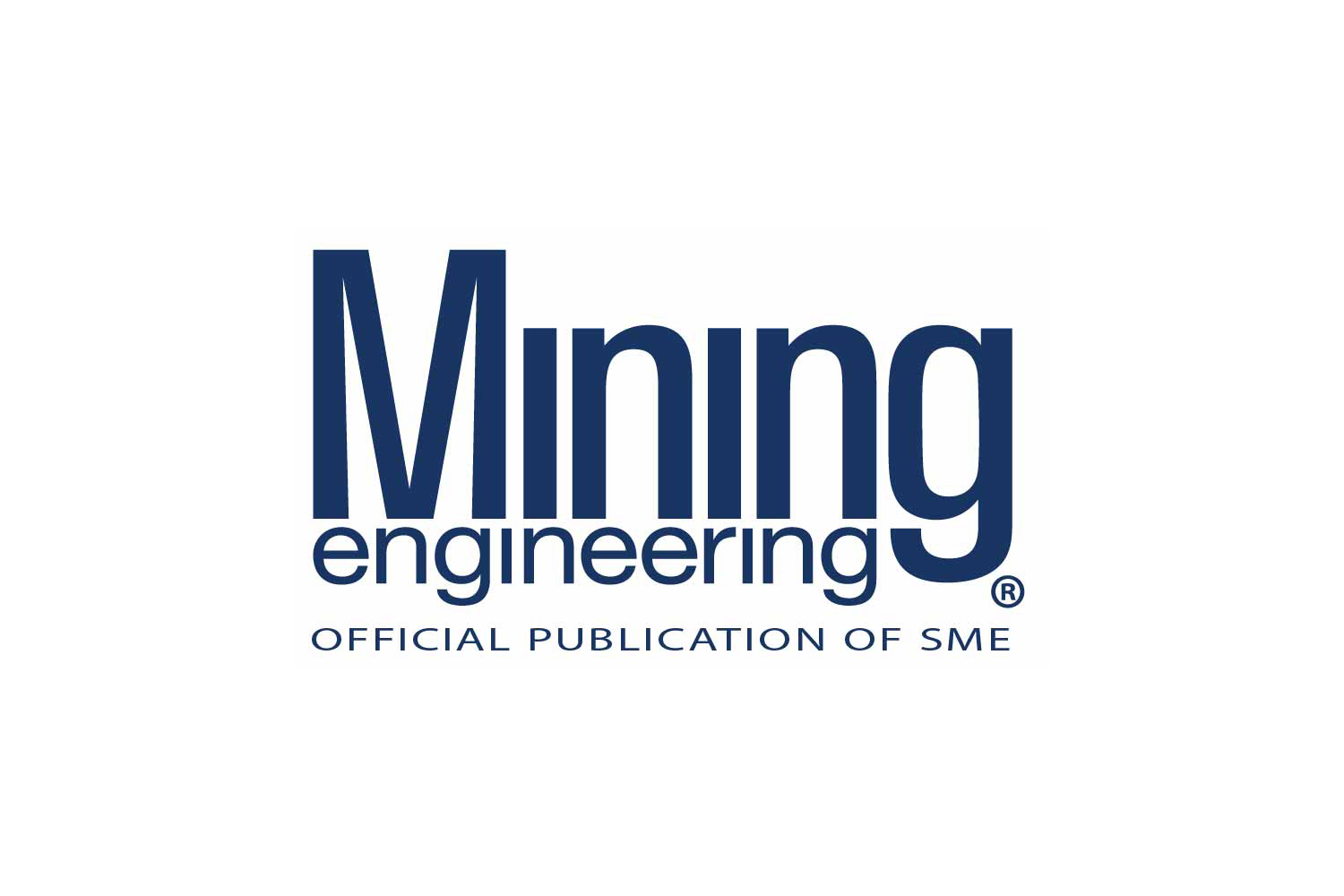
Not seen since 2016, the global nonferrous exploration budget decreased due to difficult market conditions and high-profile mergers-and-acquisitions activity in the mining sector—a key driver of budget reductions. Year over year, the estimated budget is down 3 percent, from U.S. $10.1 billion in 2018 to $9.8 billion in 2019. Since late 2016, data from the S&P Global Market Intelligence’s Corporate Exploration Strategies series had revealed an industry recovery, but this news shows a slowdown.
Mark Ferguson, associate director of Metals & Mining Research at S&P Global Market Intelligence, commented, “Difficult market conditions and high-profile merger and acquisition (M&A) activity have unsurprisingly impacted budgets the most, as the amount of money being raised by mining companies dropped sharply from November 2018 through February of this year. We are encouraged, however, by some positive signs, such as the rising number of active mining companies and copper recording a year-over-year increase.”
Ferguson further added, “As the market remains volatile, we anticipate mining exploration budgets remaining relatively flat in 2020, as any increase to gold budgets will likely be offset by lower allocations to other commodities.”
A key driver of budget reductions, M&A activity among major mining companies has played a critical role in lowering planned spending as exploration budgets are lowered once the companies have combined their expenditures. Noteworthy is the Newmont-Goldcorp and Barrick-Gold-Randgold mergers that have allocated about $48 million and $54 million less, respectively, than the total budgets of the separate companies in 2018.
On the uptick, base metals increased by $191 million to $3.23 billion, driven primarily by copper. Nickel budgets also increased, by $54 million to $351.6 million. Gold explorers, however, have lowered their budget by $559 million to $4.29 billion in 2019, the greatest decrease for any commodity. Zinc allocations similarly fell, along with most other commodities, except diamonds, which posted its first increase in six years.
Finally, in comparing budgets regionally, Australia’s nonferrous allocations increased the most, by $199 million to $1.53 billion, surpassing Canada for the first time since 2001. Latin America, however, remains the top region for exploration in 2019 at $2.62 billion, followed by Australia, the “Rest of World” region (Europe and mainland Asia) at $1.44 billion, and in fourth place is Canada at $1.31 billion.
Source : me.smenet.org
